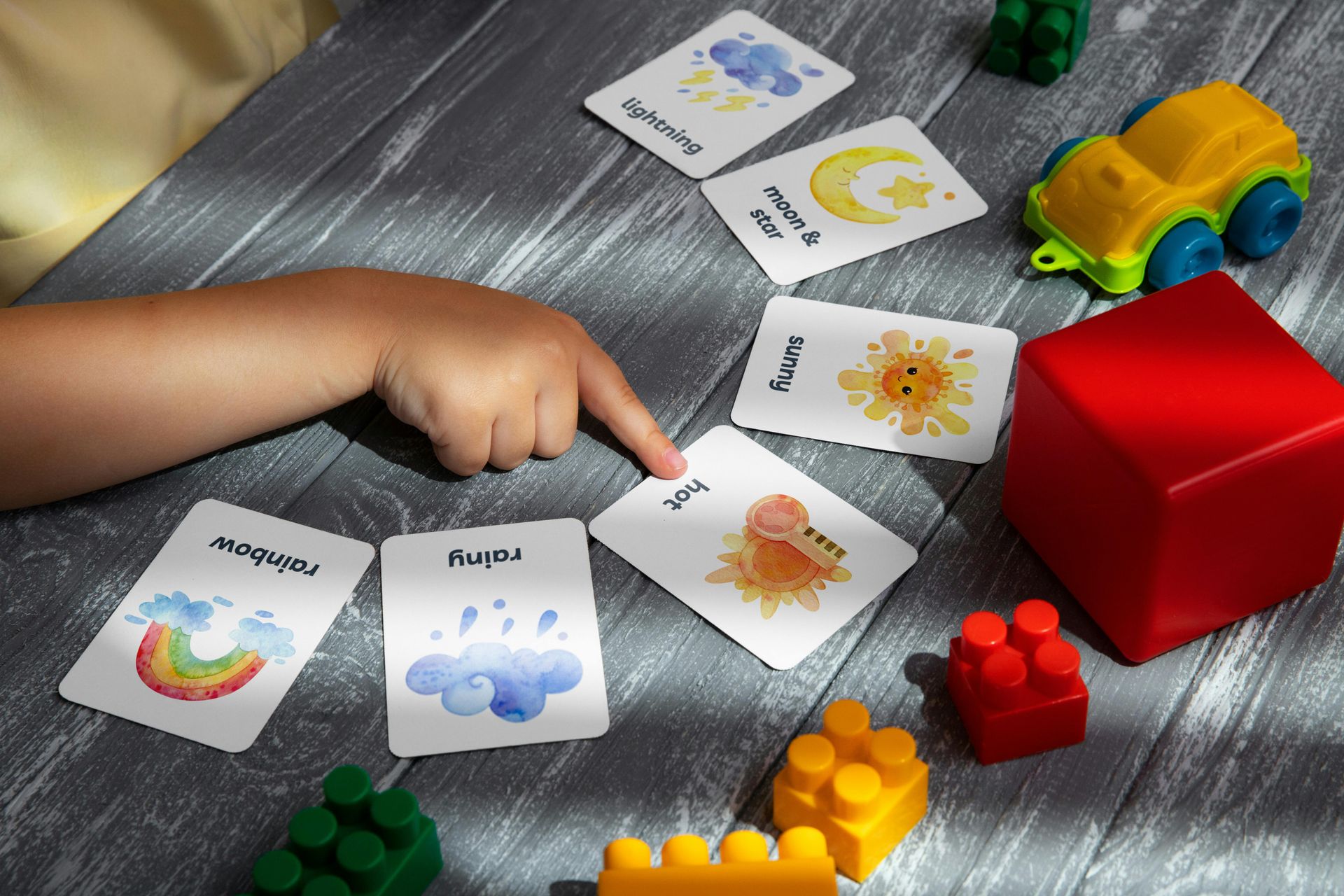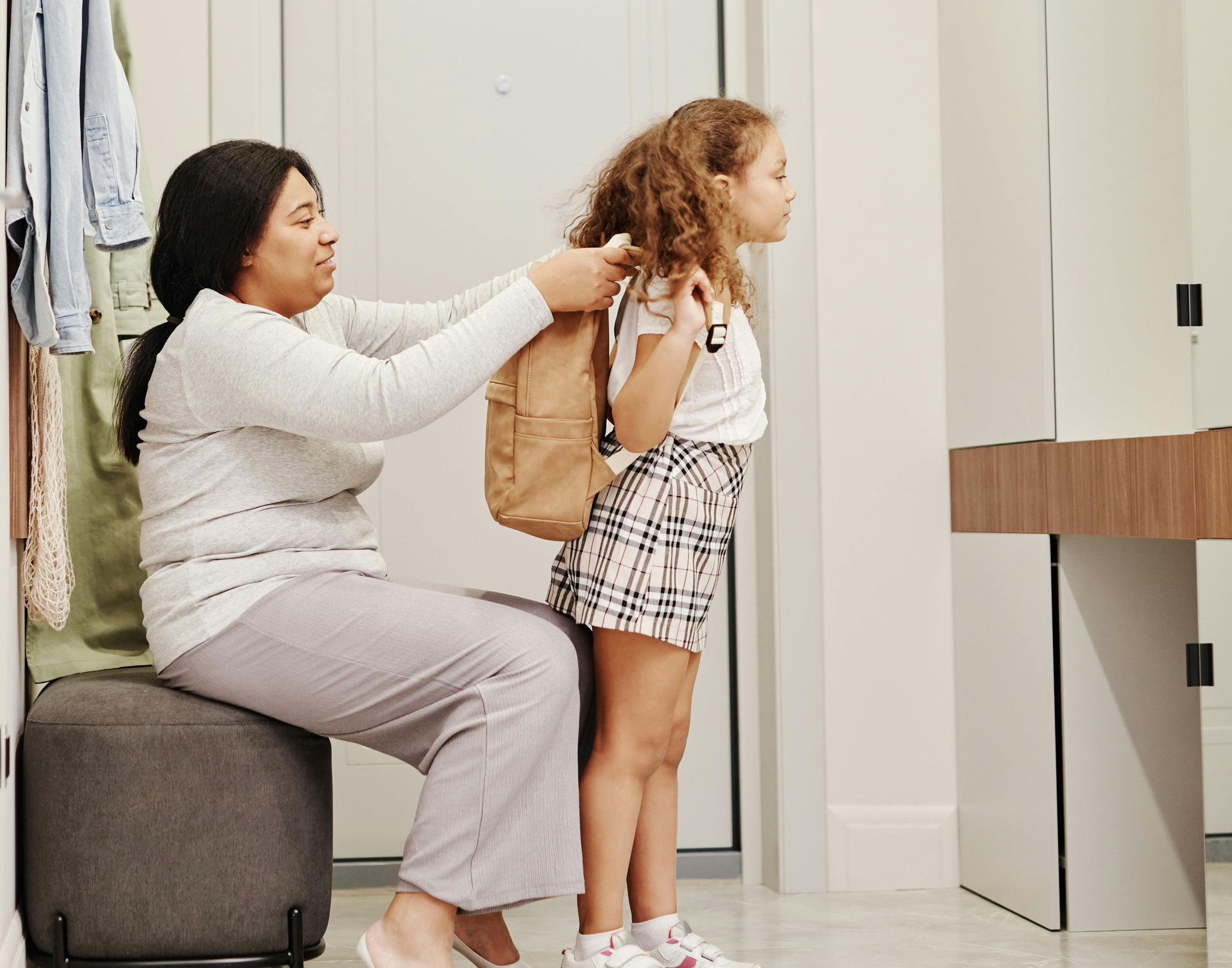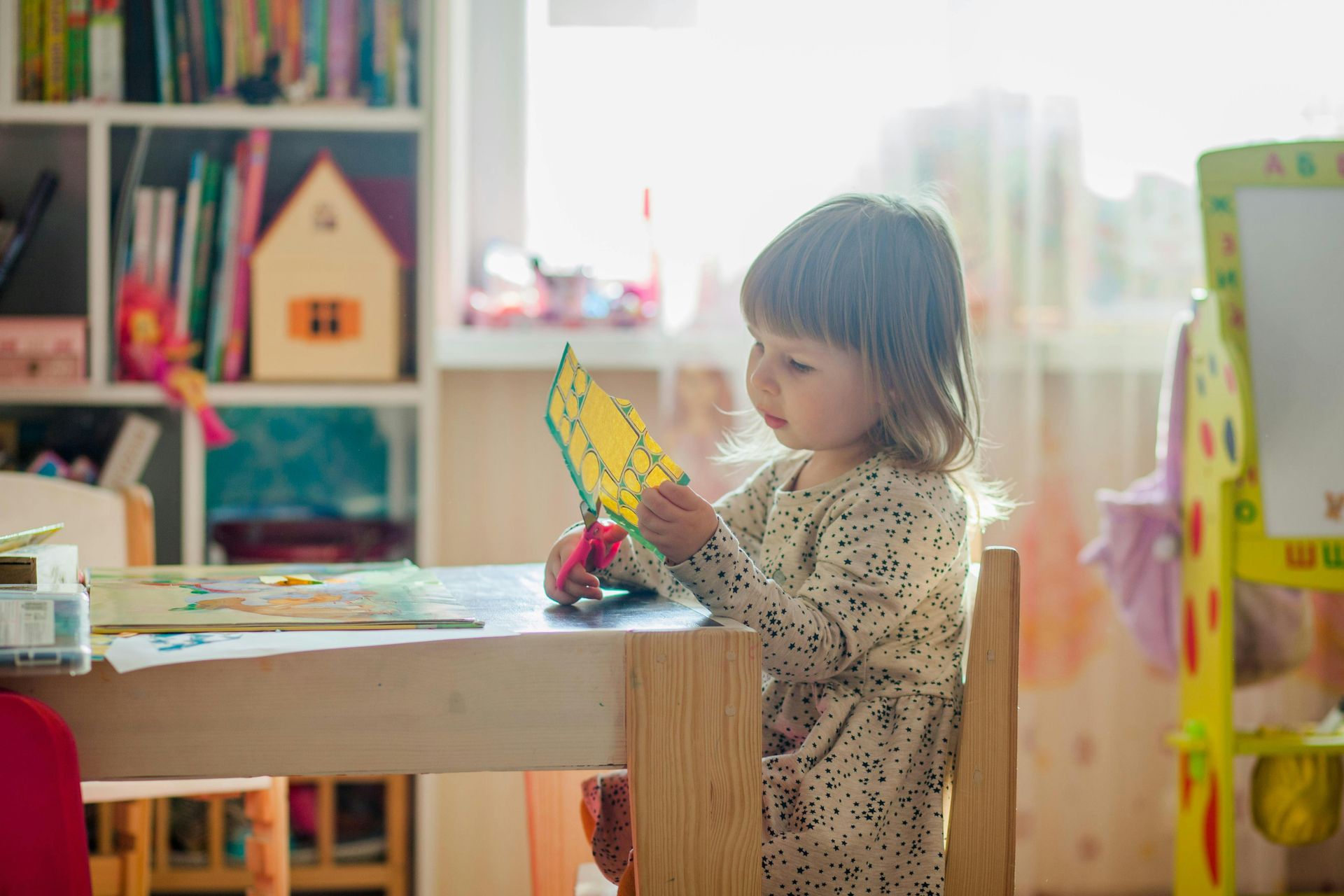Connect With Your Child Through Joint Attention
Connect With Your Child Through Joint Attention

Joint attention is a type of interaction where two people focus on the same object or event. For example, a parent and a child looking together at a plane in the sky or giving their attention to a toy that the child is playing with. A child looking at the pictures in a book while someone else reads to them is another good example of joint, or shared, attention. The concept of joint attention is important because it feeds into abilities such as being able to appropriately gain and maintain attention.
Child-Initiated vs. Caregiver Initiated
At times, the child will be the one to initiate the joint attention. They might redirect your attention to an object verbally or through a gesture. Such initiation may be taken as social motivation, which is an especially important step for a child with autism.
Other times, you, as the parent or caregiver, can attempt to achieve joint attention, perhaps by saying something like, “Look at that!” If the child is motivated socially, they will look where you are looking or pointing. Note that most children have an easier time responding to a bid for joint attention than actually initiating joint attention themselves.
Autism and Joint Attention
Since autism brings with it difficulties with socialization and communication, this idea of joint attention is hugely important when it comes to children with autism. While it’s an ability that comes naturally to the neurotypical, joint attention requires practice and concentration for many children with autism. Here are just a few of the components that may need to be worked on to be fluent in giving joint attention:
● acknowledging the person, or social partner, being communicated with
● shifting one’s gaze between the social partner and a target object
● following the gaze of the social partner
● being able to redirect the social partner’s attention to a desired object
● sharing one’s emotions
Working on Joint Attention
Anytime you are interacting with your child, you can attempt to foster joint attention. A few suggestions for targeted activities include:
● Play games, do puzzles, make crafts together, or more! In particular, choose activities that will require your child to shift their attention between objects.
● Pick your child’s favorite items or activities to work on with this skill. The higher the interest and engagement, the higher the quality of practice.
● Encourage consistent eye contact as much as possible. This is tough for many neurodivergent children, but be persistent over time.
● Try varying your tone and facial expressions. Being overly animated may make it easier to gain and keep your child’s attention.
Positive Reinforcement provides in home ABA therapy for Richmond Virginia, Somerset Kentucky and surrounding areas.










